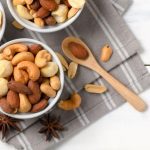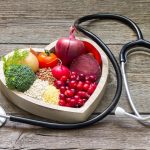
E. coli bacteria are an infamous cause of food poisoning, but a new study suggests those same microbes lurking in meat may be behind nearly half a million cases of urinary tract infections (UTIs). UTIs are very common, affecting more than half of all women at least once in their lives. And the vast majority of those infections are caused by E. coli bacteria. Although E. coli may be best known for spurring outbreaks of food poisoning, most strains of the bacteria are actually harmless. In fact, E. coli lives happily in the human gut, as part of the vast array of beneficial bacteria that make up the body’s “microbiome.” Sometimes, though, when that gut-dwelling E. coli is shed in your stool, it can migrate to your urinary tract and cause a UTI. That, at least, is the source of most UTIs, said study author Lance Price, a microbiologist and professor at George Washington University, in Washington, D.C. Price’s team found genetic evidence that some UTIs are caused by E. coli in the chicken, turkey and pork that people buy at the grocery store. The bacteria find their way to the urinary tract the same way as other UTI-causing E. coli do — but the source is different. The researchers estimated that around 8% of UTIs caused by E. coli can be traced to a… read on > read on >



























-300x200.jpg)










